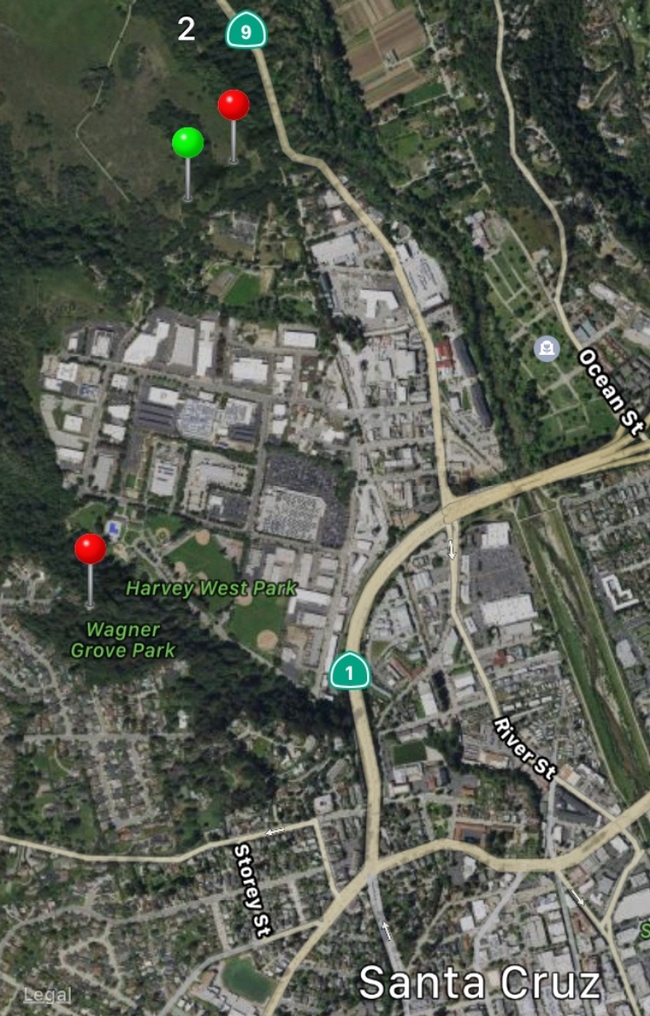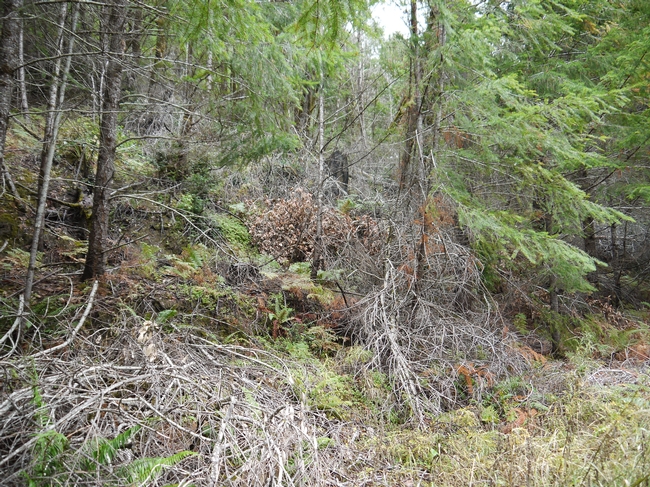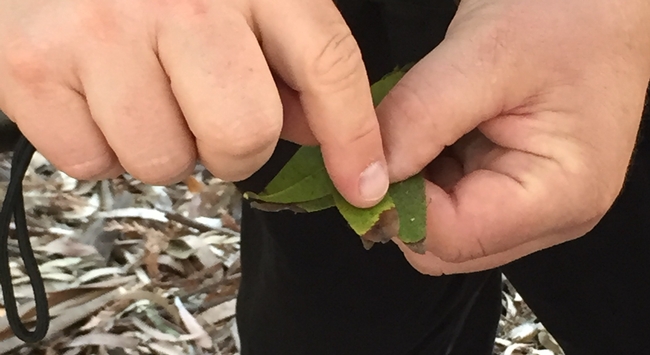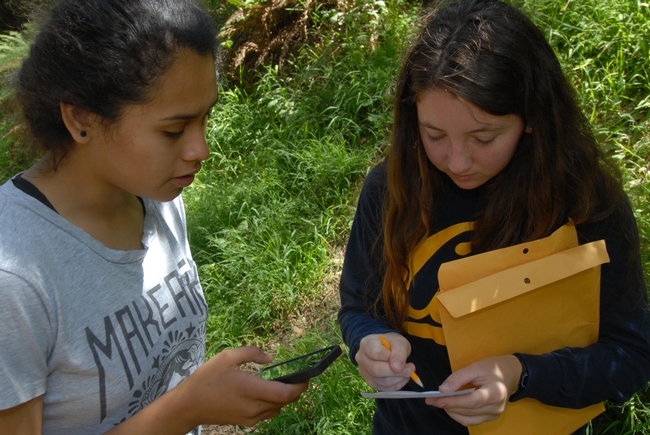
“Two new dangerous SOD strains are at the doors of our forests,” said Matteo Garbelotto, UC Cooperative Extension forest pathology specialist in the Department of Environmental Science, Policy and Management at UC Berkeley. To assess the movement of SOD, he has mobilized citizen scientists for what he calls “SOD blitzes.” The first in a series of SOD blitzes of 2020 will be April 11 in Napa.
“We had some great results last year and participation continued to be good after 13 years of SOD blitzes,” Garbelotto said.
In Sonoma County, the 2019 SOD infection rate doubled that of 2018, and in Napa County, SOD detection was four times higher than the previous year. In the East Bay, between Richmond and San Leandro, SOD infection spiked – from 1% to 12%. The SOD infection rate tripled – from 6% to 18% on the western slopes of the Santa Cruz Mountains in San Mateo County.
As the disease expands its path of forest destruction, the UC Cooperative Extension scientist says more volunteers are needed to sample trees.
“The disease is moving to new counties outside of the current area of infestation,” Garbelotto said. “Even in our Bay Area neighborhoods, SOD of 2019 is not the same SOD of 10 years ago: different distribution, new local outbreaks, and new hosts are emerging, as the disease becomes more and more established in its new home.”
Garbelotto sees the SOD blitzes as the only hope for early detection of the new SOD strains.
“If these new strains arrived and spread in our forests, they could deliver a fatal blow to our forests,” he said. “By collecting symptomatic plant material in their neighborhoods, volunteers will make the most significant contribution possible to intercept these strains.”
Volunteers are taught to identify SOD symptoms and to carefully collect symptomatic leaves from California bay laurels and tanoaks. Participants in the SOD blitzes will be asked to quantify their efforts to stop SOD to show public interest in saving oaks and tanoaks when applying for funds to defeat the tree-killing disease.
Garbelotto is encouraging tree care specialists to participate in the SOD blitzes.
“We have enhanced the benefits for tree care professionals who participate in the blitzes,” Garbelotto said. “Besides offering free bay laurel and tanoak tests for their clients, we now offer them free enrollment in UC Berkeley Forest Pathology Laboratory's OakSTeP program, which allows tree care professionals to test oaks for SOD infection. It could be enormously beneficial to everybody.”
For more information about the SOD blitzes, visit http://ucanr.edu/sodblitz2020faq or www.sodblitz.org. See the 2020 SOD Blitz schedule at http://ucanr.edu/sodblitz2020.


